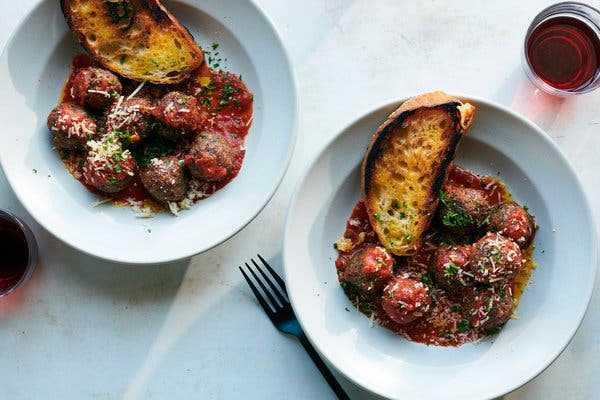Plant-Based Meats
Plant-based sausages are a starting point for people who want to cut down on their meat intake.
Of the various kinds of vegan meats, seitan's chewy texture and slightly earthy flavor can be delightful.
35
150 reads
CURATED FROM
IDEAS CURATED BY
The idea is part of this collection:
Learn more about health with this collection
Improving sleep through mindful breathing exercises
Practicing stress reduction and relaxation techniques
Establishing a relaxing bedtime routine
Related collections
Similar ideas to Plant-Based Meats
Differences between 'plant-based' and 'vegan'
While the vegans adopt a lifestyle that must not harm the life of animals for any reason whatsoever, people who choose the 'plant-based diet' have more flexibility when it comes to both their food and their lifestyle.
Gets things done as an introvert
- Write down ten ideas a day to keep being creative.
- Read a lot to keep learning.
- “Execution ideas” are a subset of ideas. When you have an idea you want to test, think of the next execution ideas to get the idea done.
Talk with friends who can help if you think the ...
Create a people-first culture
- Empower Employees to Be Leaders in Their Roles. The face of leadership is changing. It's less about the person at the front of the room who knows the most dictating to the group, and more about collaboration between individuals adding to a solution or idea.
- ...
Read & Learn
20x Faster
without
deepstash
with
deepstash
with
deepstash
Personalized microlearning
—
100+ Learning Journeys
—
Access to 200,000+ ideas
—
Access to the mobile app
—
Unlimited idea saving
—
—
Unlimited history
—
—
Unlimited listening to ideas
—
—
Downloading & offline access
—
—
Supercharge your mind with one idea per day
Enter your email and spend 1 minute every day to learn something new.
I agree to receive email updates
